8 Tips To Care For Houseplants in Winter?
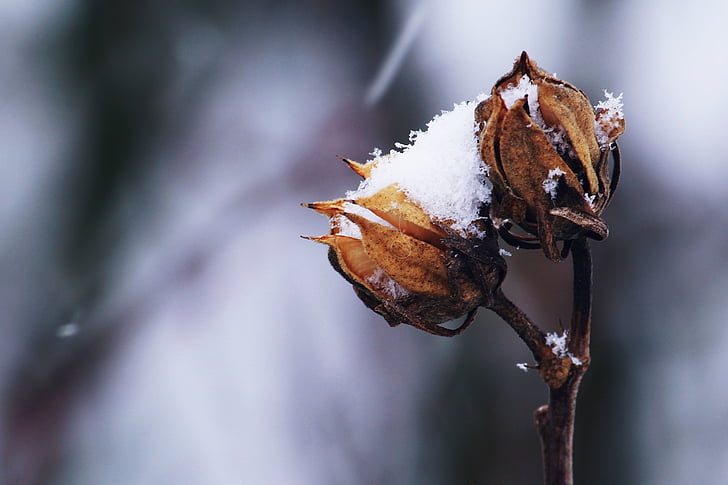
Houseplants in winter
Winter months can be difficult for some houseplants, which look a bit droopy, the leaves start turning yellow, and they just look generally unhappy.
For this reason, we have to give our indoor plants more care and a boost to get through this difficult period in good conditions.
Find out in this article some practical tips to answer the question of how to care for houseplants during difficult winter months!
1- Give houseplants enough light
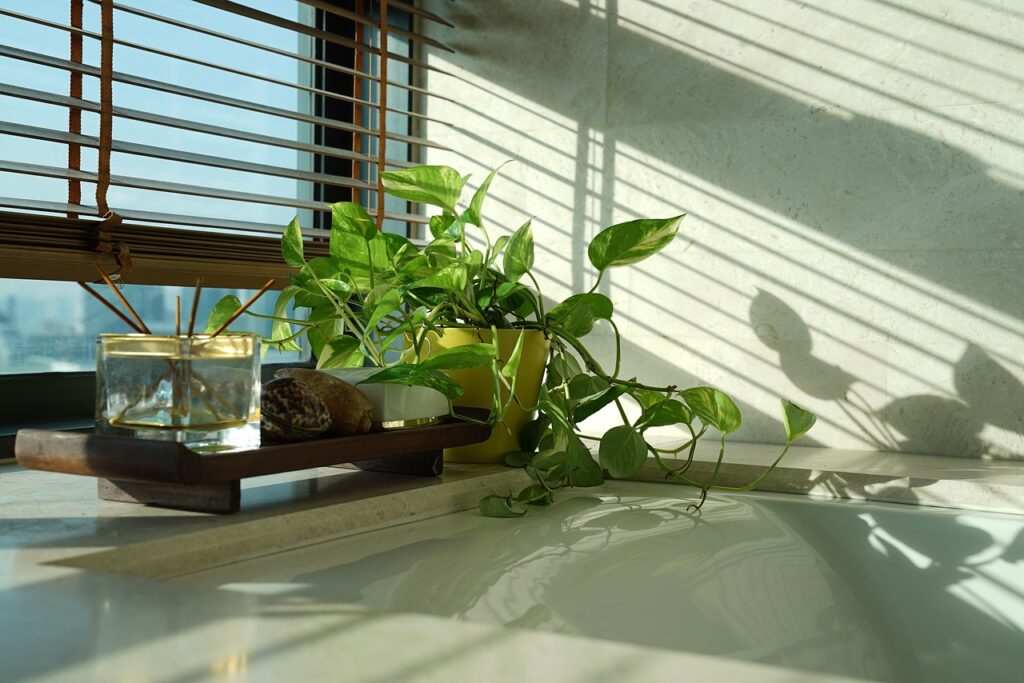
During the winter, the day becomes shorter and the rays come in at a lower angle and houseplants can lack light. Thus, move your plants into a sunny position or closer to a window so they get light from several directions. Make sure that the windows are cleaned off inside and outside for maximum light. Also, wash the dust off plants so leaves can make maximum use of available light.
Moreover, if your interior is very dark, or your house doesn’t face the right way you can use artificial lighting. Be sure to use adequate bulbs that produce less heat.
2- Adjust watering houseplants in winter

The most common problem houseplants suffer from in winter is overwatering. Many people don’t know how often to water plants indoors during this period. Don’t look for standards that recommend the number of waterings needed per week. It’s because the frequency of watering depends on the growth phase, the species, the size and type of pot, the temperature and humidity.
So, what you have to know is that all houseplants require less water in winter. Then, make sure you’re not letting your pots stay too wet, tools like moisture meters can be used to test the soil. You can also wait for signs of thirst before watering and eep in mind that different plants have different water needs; drought-tolerant cacti and other succulents might not need watering at all.
3- Stop fertilizing houseplants in winter
Stop fertilizing indoor plants in winter. In coldest climates where natural light levels are low, don’t fertilize your house plants. By fertilizing them you will stimulate their growth in low light wich stimulates plants etiolation. You can resume fertilization in spring. On the other hand, if you use artificial lighting, the plants will grow very well even in winter, and you can continue your regular fertilization schedule.
4- Clean the leaves
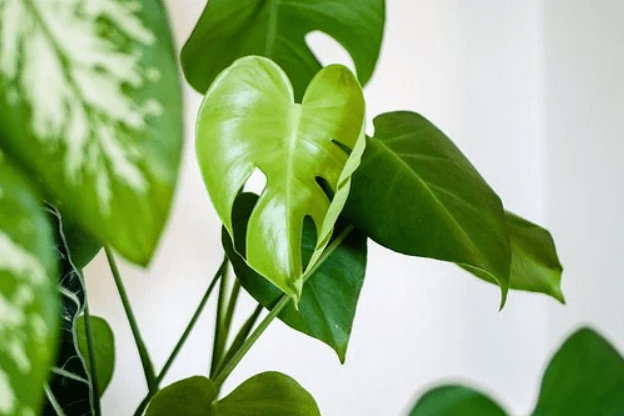
The light is captured by the foliage of plants, so, it must be clean to allow the plants to breathe well and capture as much light as possible. To do this, use a simple damp sponge or a paintbrush in the case of cacti and dust your plants almost every 15 days.
5- Avoid too much heat
Most houseplants need a temperature of 12-18°C. Avoid putting them near cold drafts, heaters or fireplaces where they may dry out. Also, don’t place them so close to a window because the leaves can touch the glass and freeze. Otherwise, if the cold is intense, adjust thermostats to cater to plants comfort.
6- Humidity
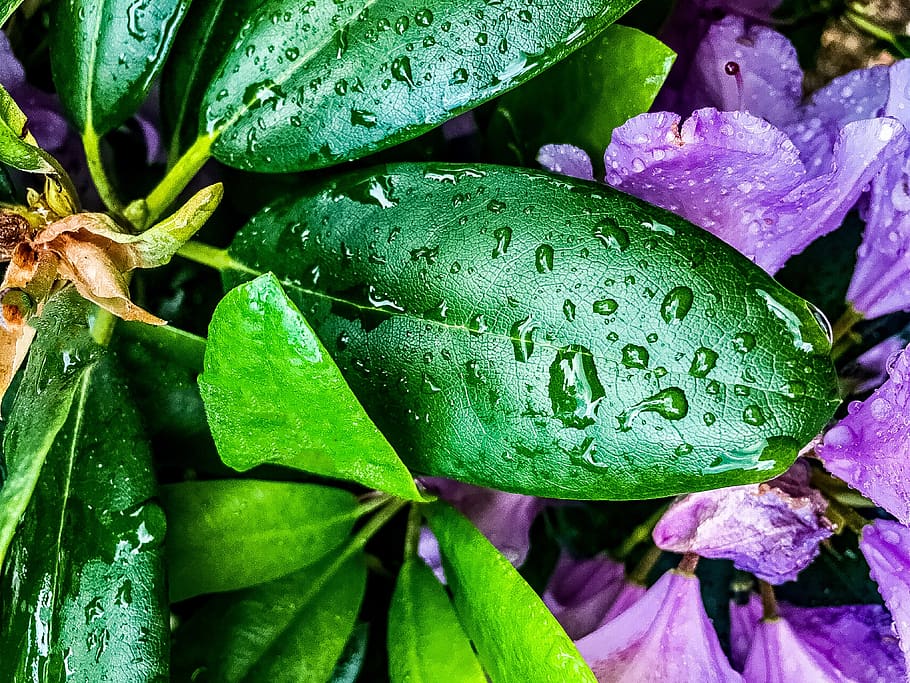
During winter, the relative humidity of a heated home can be 15% or less, and most plants need a relative humidity of at least 50% to grow well. Mist for plants is essential and without these conditions, the tips and edges of the leaves dry out and turn brown.
Now that you know that the quality of the ambient air can influence the growth of your houseplants you can choose one of the several ways to increase the air humidity. You can use a humidifier, put the pots on a large saucer filled with water and gravel or simply group your beloved plants together to create a mini-atmosphere.
7- Watch out for the pests
During the winter months, the increased heat from the heaters, lack of sunlight, and increased humidity can lead to pests such as spider mites and mealybugs. Prevent pests attacks with lukewarm water sprays or install a humidifier. Therefore, Inspect and clean plant foliage regularly, remove damaged leaves and especially, get in the habit of controlling the possible appearance of any pests sign.
8- Prune and repot
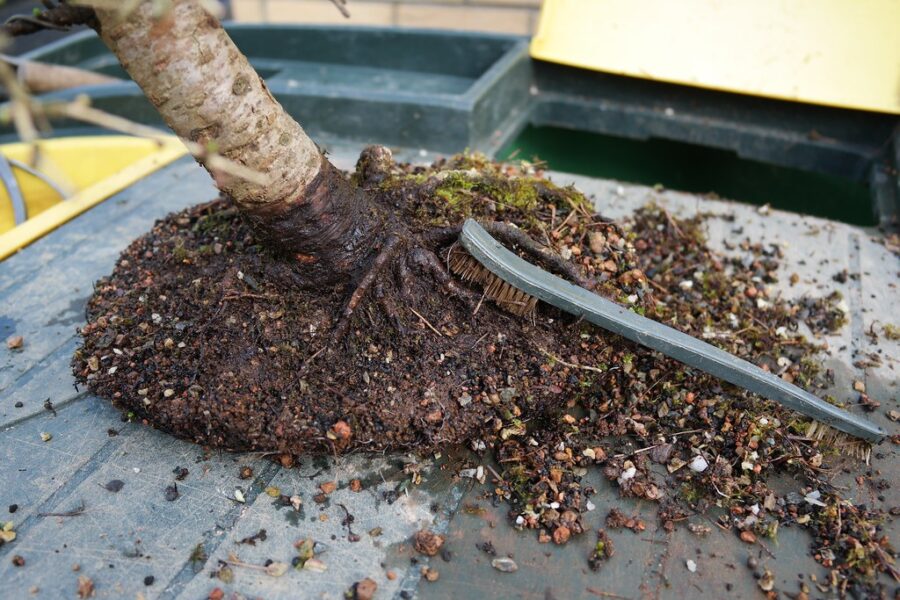
In October and November, it is still possible to repot the houseplants, but between December and February, it is better not to do it. The right time to repot most houseplants is during periods of active growth – in spring and summer.
On the other hand, don’t be afraid to prune back any leaves that turn yellow or brown, or any vines that look “leggy”. You probably won’t see much new growth until spring, but pruning tends to make things look nicer in the meantime.
With the right care, your houseplants will spend the winter in perfect condition and look better than ever in the spring.
Did you find this helpful? Share it with your friends!